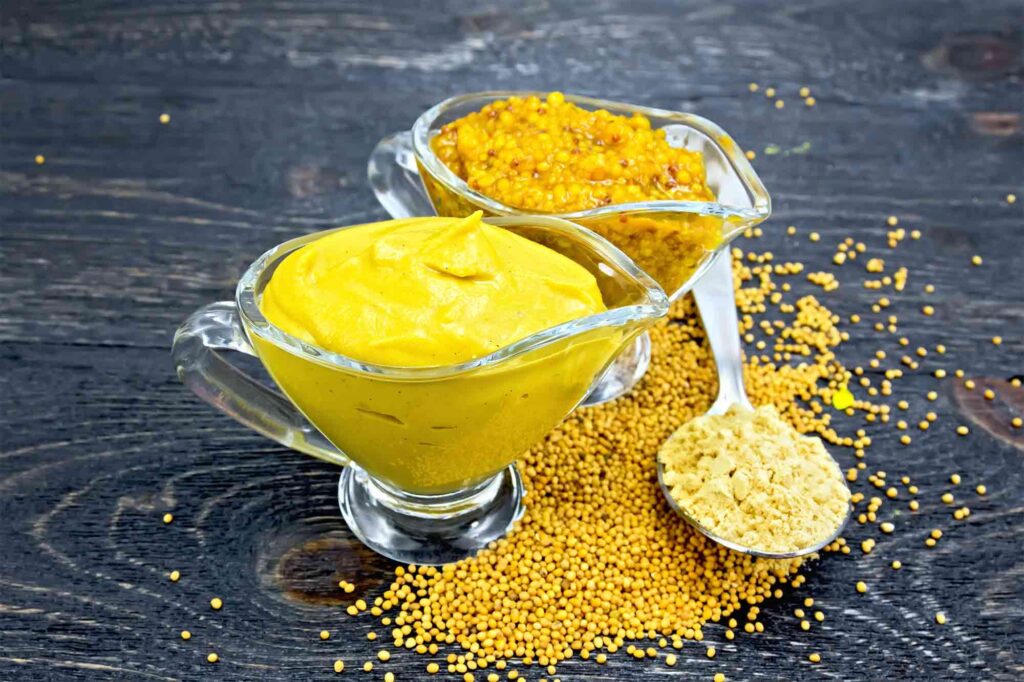Mustard, that zesty, yellow condiment often found on hot dogs and sandwiches, has a history as rich and diverse as its flavor.
From ancient civilizations to modern-day cuisine, mustard has been a beloved and versatile ingredient for thousands of years.
The story of mustard begins in ancient times, around 3000 BC. When the Sumerians of Mesopotamia first cultivated and used mustard seeds.
These small, round seeds were ground into a paste and mixed with grape juice to create a condiment known as "must," from which mustard gets its name.
Mustard seeds were highly prized for their medicinal properties and were used to treat various ailments.

As trade routes expanded,
mustard made its way to Egypt, where it was embraced by the pharaohs. The Egyptians mixed mustard seeds with a variety of spices and herbs to create a flavorful and pungent condiment.
Mustard seeds were also found in the tombs of ancient Egyptian pharaohs, suggesting their significance in both culinary and ritualistic contexts.
The popularity of mustard continued to spread throughout the Mediterranean and into Europe.
The Romans, in particular, were fond of mustard, using it in their cooking and as a table condiment. They even brought mustard seeds to Gaul (modern-day France), where mustard quickly gained popularity.
The city of Dijon, in France, became synonymous with fine mustard production. Mainly with its own unique variety known as Dijon mustard.

During the Middle Ages,
mustard production and consumption thrived in Europe. Mustard was used not only as a condiment but also as a preservative for meat.
Monasteries played a significant role in mustard production, refining recipes and preserving the knowledge of mustard-making techniques.
The Age of Exploration brought mustard to the New World, where it was cultivated by early American settlers. In the 18th century, America saw the creation of a unique mustard style: yellow mustard.
The addition of turmeric gave it the vibrant yellow color that is now iconic.
In the 19th century, entrepreneurs like Maurice Grey and Antoine Poupon in France and Jeremiah Colman in England popularized commercial mustard production.
Their brands, Grey Poupon and Colman's, respectively, became household names and further contributed to mustard's global recognition.

Today, mustard
is a beloved condiment worldwide, with countless varieties and flavors to suit every palate.
From the tangy Dijon mustard to the spicy brown mustard and the classic yellow mustard, it's a condiment that knows no borders.
Mustard has also found its way into various culinary applications beyond sandwiches and hot dogs.
It's used in marinades, dressings, sauces, and even cocktails, proving its versatility in the kitchen.
In conclusion, the history of mustard is a testament to the enduring appeal of this versatile condiment. From its humble beginnings in ancient Mesopotamia to its prominence on modern dining tables worldwide, mustard has been a favorite condiment for millennia.
Its rich and varied history is a testament to the enduring appeal of its tangy, flavorful presence in our culinary traditions.
So the next time you reach for that mustard bottle, remember that you're dipping into a culinary history that spans thousands of years.




